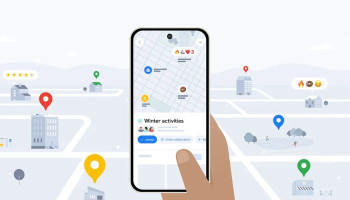
Spotify announced on Tuesday that managed accounts, a shared account feature that allows parents to control what their children listen to, are now available to users in more countries.
According to the company, managed accounts are launched in the United States (US), the United Kingdom (UK), Canada, Australia, Germany, France, and the Netherlands, following a pilot launch last year.
The company said that managed accounts are available to Spotify Premium Family plan members, letting account holders manage a separate music-only listening experience for their kids under the age of 13.
Spotify expands managed accounts
Kids can add songs to their Favourites album, create their own playlists, and have their own personalised recommendations.
With managed accounts, parents can limit access to certain features, such as watching videos, playing content, or viewing Canvas videos, which are the looping visuals that appear during music playback, for any content labelled as explicit.
Parents can also control and restrict the playback of specific artists and songs. Parents can make more granular decisions about the kind of music their child can listen to, without forcing them to use the more restrictive Spotify Kids app.
How to set up managed accounts on Spotify?
- To set up the managed account, Family Plan account holders are required to navigate to their account pages on the platform.
- Choose the “Add a Member” option.
- Then, select the option to “Add a listener aged under 13 (or the market equivalent).”
- Follow the instructions to navigate the various options.
The wider launch comes amid broader efforts by major tech companies to provide parents with greater control over how their children use online platforms and what features are accessible to them in response to regulatory pressure.
















